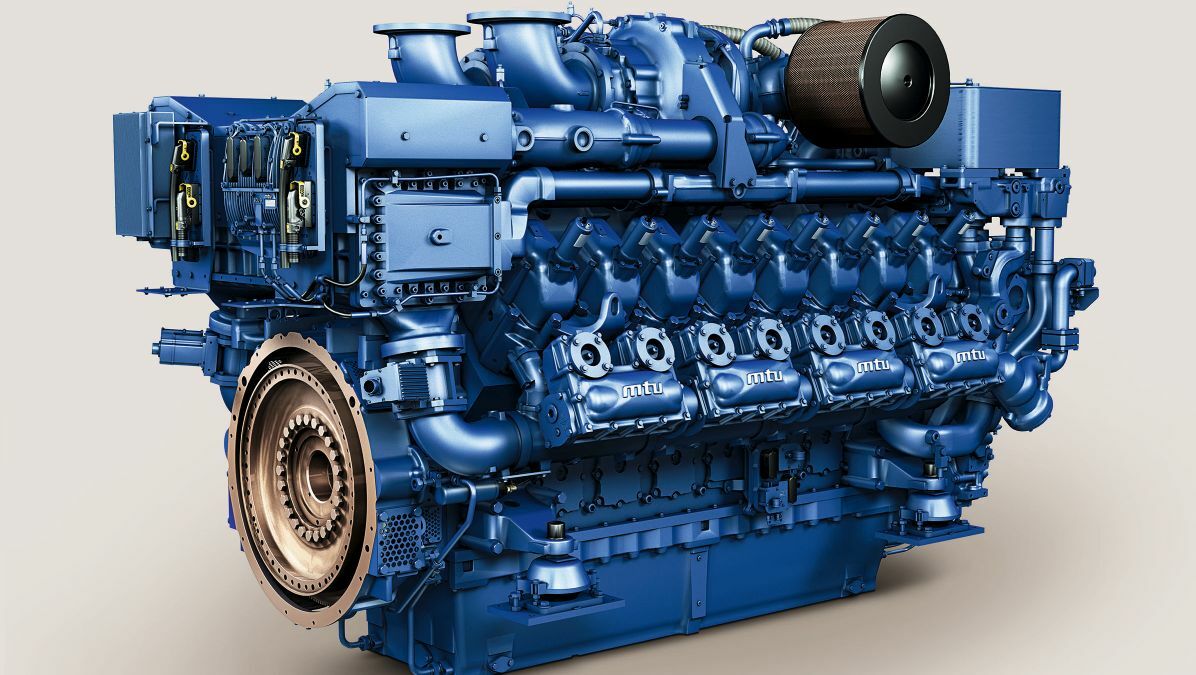Discover Engines for Africa at Our Comprehensive Vehicle Parts Store
Discover Engines for Africa at Our Comprehensive Vehicle Parts Store
Blog Article
The Mission for Ultimate Driving Power: Examining the Peak of Engine Performance and Technological Developments in the Automotive Field
In the realm of auto design, the quest of maximum driving power has been an unrelenting mission that has unfolded through the advancement of engine layout and the integration of cutting-edge technologies. From the thorough workmanship of burning engines to the quick developments in electric propulsion systems, the automobile sector stands at the cusp of a brand-new era characterized by extraordinary efficiency capabilities. As designers and researchers dive deeper right into the realms of computational fluid characteristics and check out ingenious fuel innovations, the horizon of possibilities expands exponentially. Remain tuned as we untangle the detailed tapestry of technical advancements that are forming the future of automotive power and efficiency.
Development of Engine Design

In addition, the integration of turbocharging and turbo charging innovations has reinvented engine layout by increasing power without considerably raising engine size. These forced induction systems press the consumption air, allowing for more gas to be ignited, thereby generating better power output from a smaller engine. This improvement has actually been specifically vital in enhancing the performance of smaller variation engines while preserving fuel efficiency standards.

Performance-Enhancing Gas Technologies
The execution of advanced gas innovations has substantially added to improving engine efficiency in modern-day automobiles. Biofuels, obtained from eco-friendly resources like algae, corn, or sugarcane, deal enhanced and reduced discharges engine efficiency. Furthermore, fuel additives and detergents are being developed to clean engine elements, optimize burning, and decrease friction, therefore increasing general automobile efficiency.
Advancements in Electric Propulsion
Substantial strides in electric propulsion technology have actually revolutionized the automobile industry, leading the means for a brand-new period of lasting and effective transportation. Electric vehicles (EVs) are acquiring popularity due to their environmental benefits and developments in battery innovation, making it possible for longer driving varieties and shorter billing times. Manufacturers are spending heavily in research study and advancement to boost the performance of electric propulsion systems, concentrating on boosting power result, enhancing power effectiveness, and lowering overall weight.
One noteworthy innovation in electric propulsion is the growth of sophisticated electric motors that deliver higher torque and power density, leading to improved acceleration and total driving performance. Furthermore, regenerative braking systems have actually been fine-tuned to keep and catch power throughout deceleration, further improving the efficiency of EVs.
Moreover, the combination of smart modern technologies, such as fabricated knowledge and predictive analytics, is enhancing the management of electrical propulsion systems, guaranteeing optimum performance under numerous driving conditions. These innovations in electric propulsion are improving the auto landscape, driving the market in the direction of a much more lasting and energized future.
Effect of Computational Fluid Dynamics
With improvements in electric propulsion pushing the boundaries of automotive innovation, the integration of Computational Fluid Characteristics is playing a Full Report critical duty in maximizing wind resistant performance and improving overall effectiveness in lorry layout. Computational Fluid Dynamics (CFD) involves the usage of computer system simulations to analyze the flow of air around a lorry, making it possible for engineers to predict just how design adjustments will certainly affect aerodynamics without the demand for costly physical prototypes. By properly modeling air flow patterns, CFD permits the improvement of lorry shapes to reduce drag, boost cooling, and enhance security.
CFD allows engineers to maximize air movement around elements such as radiators, engine bays, and wheel wells, adding to boosted performance and overall driving experience. In verdict, the integration of Computational Liquid Dynamics stands for a considerable step forward in the pursuit for utmost driving power and performance in the vehicle market.
Future Trends in Engine Development
In the vibrant landscape of auto engineering, cutting-edge advancements are shaping the future trajectory of engine innovation. The future of engine layout is noted by a solid focus on effectiveness, performance, and sustainability. Manufacturers are increasingly concentrating on creating engines that not only provide high power outcomes but additionally prioritize ecological duty by lowering exhausts and boosting gas performance.
One prominent fad in engine innovation is the increase of electrification. Crossbreed and electric powertrains are gaining traction as practical choices to typical burning engines. These technologies use the possibility for significant decreases in carbon exhausts and increased energy performance, lining up with worldwide initiatives to combat climate change.
Moreover, improvements in materials scientific research and manufacturing methods are allowing the manufacturing of lighter and much more long lasting engine parts. This change in the direction of lightweight products such as carbon fiber and aluminum alloys adds to improved efficiency and gas economy.
Conclusion
To conclude, the search of supreme driving power in the auto industry site remains to drive advancements in engine design, fuel technologies, electric propulsion, and computational fluid dynamics. The advancement of these technologies is shaping the future of engine development, leading the way for a lot more effective and effective vehicles (engines for africa). As the sector remains to push the borders of what is feasible, we can expect to see even a lot more cutting-edge growths in the quest for peak efficiency
One of the vital landmarks in engine design evolution is the shift from standard carbureted engines to modern-day fuel-injected systems. By specifically metering the gas distribution to each cylinder, fuel-injected engines optimize burning, resulting in much better efficiency and decreased ecological influence.
Moreover, the combination of turbocharging this article and supercharging technologies has reinvented engine design by improving power without significantly boosting engine size (engines for africa).The implementation of innovative gas technologies has dramatically added to boosting engine efficiency in modern vehicles. Additionally, fuel additives and cleaning agents are being developed to tidy engine parts, optimize combustion, and decrease friction, consequently boosting total car efficiency
Report this page